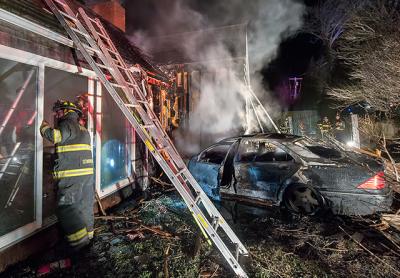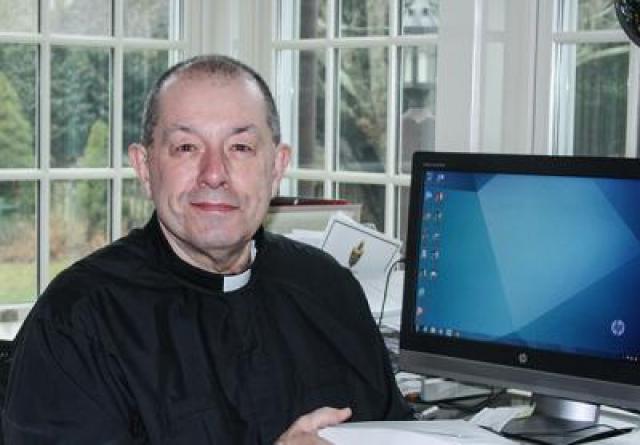Second Arrest Related to Springs 'Party House'
Second Arrest Related to Springs 'Party House'
East Hampton Town police have made a second arrest involving the alleged under-age party house on Neck Path in Springs. At the same time, a bench trial has been scheduled for the owner of the house, Jefferson Davis Eames, on an unrelated charge on March 21.
According to the police, Robert Andrade, 41, acted as bouncer for at least two of the parties. In that role, he "collected currency at the door" as entrance fees to the house, said Rudy Migliore Jr., the assistant district attorney who handled Mr. Andrade's arraignment in East Hampton Town Justice Court Thursday. One of the parties, beginning the night of Dec. 2, police said, lasted about 30 hours. The other occurred on Dec. 9.
Mr. Andrade has been charged with four misdemeanor counts of endangering the welfare of a child. He was placed under arrest on Wednesday, and was released from police custody with an appearance ticket for Thursday's arraignment after posting $100 bail. Justice Lisa R. Rana agreed not to increase the bail amount. Mr. Andrade's attorney, Trevor Darrell, entered a not-guilty plea to the charges. Justice Rana issued an order of protection from the bench, requiring Mr. Andrade to have no contact with a minor whom the police interviewed. "I'm going to tell you now, if you violate this order, if you have any issues at all," she said, bail would be revisited.
Mr. Andrade said during his arraignment that he moved to Southampton two weeks ago, but had previously lived in Amagansett and graduated from East Hampton High School.
Speaking after the arraignment, Mr. Darrell questioned the strength of the people's case, saying that it was based on the testimony of a minor who seemed unsure of the dates in the complaint.
Mr. Eames was also on the court calendar Thursday. He was charged last Thursday with 13 misdemeanors, including 9 charges of endangering the welfare of a minor, and one felony related to allegedly providing a quarter tablet of Xanax to a 16-year-old girl at his residence. Besides those charges, he is facing five other sets of charges in East Hampton, the oldest of which is a harassment charge from 2015.
Before Mr. Eames was called, Justice Rana sat down for a private conference with Eileen Powers, who represents Mr. Eames in all but the oldest case, and Mr. Migliore to address the many charges Mr. Eames is facing. That discussion lasted well over an hour.
When they returned to the courtroom, Justice Rana announced that she would hold a bench trial on March 21 at 9 a.m. on the 2015 harassment charge.
"I strongly, strongly, strongly suggest that you get yourself into some kind of counseling," she said. The trial will have no effect on the other sets of charges against Mr. Eames. It was made in June 2015, after an alleged incident from April of that year in which Mr. Eames was said to have gunned the engine of a pickup truck in a gravel driveway, spinning his wheels to intentionally shoot stones and rocks at a Harbor View Drive house belonging to Kyle Cao. Michael Griffith is Mr. Eames's representative in that case. Because that charge is not a crime, but simply a violation, the trial will be conducted by Justice Rana without a jury. If convicted, Mr. Eames could be sentenced to 15 days in jail.
The five other more serious sets of charges in East Hampton will remain open and will be dealt with at a future date, Justice Rana indicated. An additional case, dating to December 2013, which involved an alleged road rage incident near Mr. Eames's house, was moved to Riverhead Town Court after both Justice Rana and Justice Steven Tekulsky recused themselves. The alleged victim in that case is the wife of an East Hampton Town police officer. Mr. Eames has since sued the town and its Police Department in federal court, claiming the town violated his constitutional rights.





